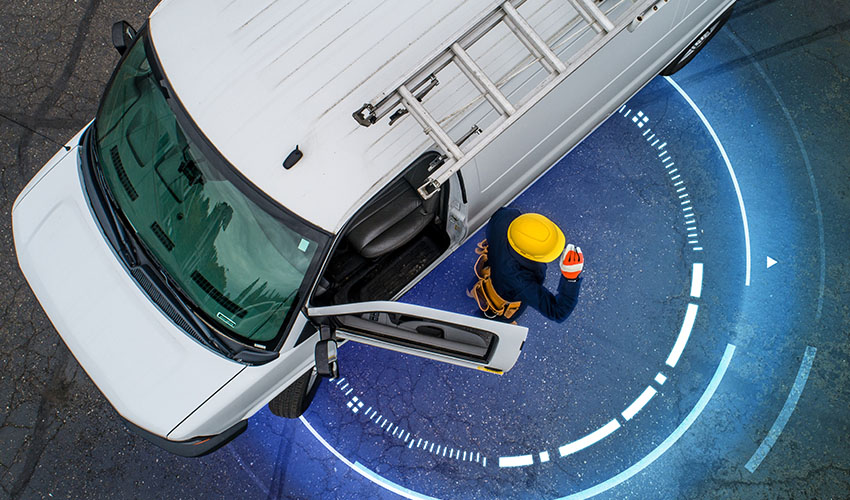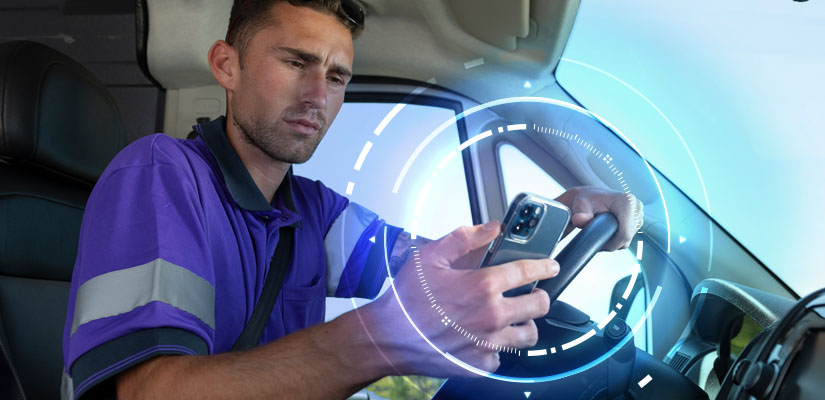How AI is Transforming Fleet Insurance

How AI is transforming fleet insurance
Artificial Intelligence (AI) is no longer a distant idea confined to science fiction. It has become an integral part of our daily routines; from the cars we drive to the smartphones we use.
Revolutionary technology is transforming the way the insurance industry operates, and AI and Machine Vision (MV) are working together to redefine how organisations manage risk for commercial fleets.
So how is AI driving change and what impact will it have on insurers?
AI is driving a paradigm shift
The insurance industry has long struggled with a challenge of working with outdated data. The conventional approach is to rely on past data to predict future risks and set premiums for commercial fleets.
This approach, known as First Notification of Loss (FNOL), is reactive and only provides information about incidents that have already occurred. As a result, insurance decision-makers often lack sufficient information about fleets and drivers, with only a third feeling adequately informed.
However, AI is changing this landscape by offering a new approach to underwriting.
Through the advent of Lytx® First Notification of Risk (FNOR), AI is providing a revolutionary source of data. This new AI-powered approach is giving insurers insights to build a more accurate risk profile, moving away from basing future premiums solely on incidents that have already occurred. This seismic shift is transforming the way insurance companies manage risk, bringing a new level of precision to the industry.

A new generation of technology
The foundation of FNOR lies in the integration of MV+AI† technologies. MV identifies risky driving behaviours in real-time, while the powerful AI determines the level of risk associated with each behaviour. Behaviours such as eating, drinking, not wearing a seatbelt, texting, or smoking while driving have a high correlation with incidents and are among the driving habits that are identified.
The technology acts as an aid, allowing drivers to self-correct once risky behaviour has been identified. This feature empowers drivers to help prevent a moment of distraction from leading to a serious incident, thereby improving safety, overcoming performance issues, and ultimately preventing accidents before they occur. The use of FNOR leads to reduced risk, fewer accidents, and improved road safety. Additionally, it can create cost savings for insurers in the form of reduced insurance claims and improved loss ratios.

The power of proactivity
AI-powered tools have the potential to generate significant savings for the insurance industry. The cost of road accidents in the EU alone exceeds €210 billion annually, resulting in increased claims and premiums for fleet managers and insurers alike.
With Lytx's MV+AI video telematics solution, fleets have reduced their claims by up to 80%, resulting in reduced costs for insurers. For example, one insurance partner was spending £1.25 on claims for every £1 of premium received before implementing the Lytx solution.
Within three months of using the solution, this figure dropped to 8p for every £1 of premium received.
By adopting an FNOR-based approach and sharing data, businesses can gain unprecedented visibility into their risk profile. This approach empowers insurers to advise on safety improvements that can be employed to manage risk, making it proactive rather than reactive. With this approach, insurers have the tools they need to accurately measure risk and ensure that fleets take the necessary steps to mitigate them.
A new era for insurance
The rise of AI technology marks the dawn of a new era, rendering the outdated approach of relying on historical data and reactive decision-making obsolete.
Instead, by embracing forward-thinking technology, the insurance industry has an opportunity to shape a new future that can save time, money, and most importantly, lives. It is an approach that all stakeholders can support and rally behind.
